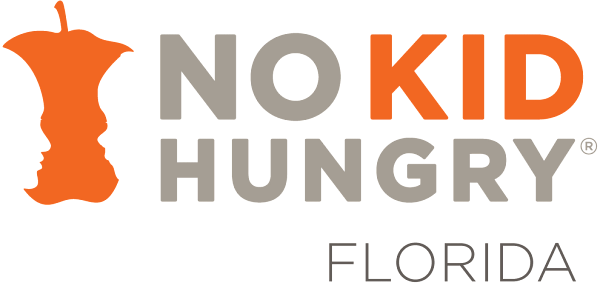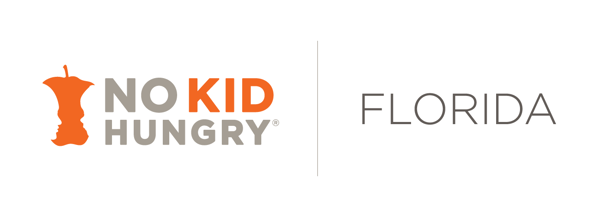No Kid Hungry’s Center for Best Practices has resources that can help you and your district or organization transition smoothly back to school and make sure meals are reaching students.
Making sure your students, families, teachers, community, and staff know about your district’s transition to Community Eligibility Provision (CEP) is critical to its success. This toolkit provides school nutrition departments with strategies and tips to effectively communicate about CEP and the availability of free school meals for all students. The toolkit also has downloadable and customizable social media graphics, banners, posters and more for you to use to spread the word about free school meals for all students in your district. If your state requires alternative income forms, check out No Kid Hungry’s Alternative Income Forms: What They Are, Why They’re Important, and How They’re Collected.
Marketing is one of the most effective tools for increasing participation in school meals. This toolkit was created to help you get the word out to students and families about school meals. It includes both ready to use and customizable social media assets to help you quickly and easily communicate with students and families. No social media? No problem! The graphics and sample language can also be used in newsletters, on flyers, or in emails.
The summer is nearing a close but meals don’t have to! Learn how your organization can use the CACFP At-risk Afterschool Meals Program to serve meals after school, on weekends, and over holiday breaks. You will hear from two experts on how they seamlessly transition from serving summer to afterschool meals. You will also hear tips on maintaining sites and streamlining operations for the two programs. Speakers include Maggie Lynch, Director of Nutrition Services at the MetroWest YMCA and Andrea Garcia Schoelzel, Health Initiatives Administrator at the City and County of Denver’s Office of Children’s Affairs.
Navigate the transition between Summer and Afterschool Meals with this helpful side-by-side comparison of requirements. This chart highlights key differences and similarities in the CACFP At-Risk Afterschool Meals Program and the Summer Food Service Program.
Visit our School Meals Design Guide website to access tools that school food and nutrition teams can use to make meal programs more student-centered.
After all, when it comes to school supplies, nutritious school meals are as important to students’ learning as notebooks and pencils.




